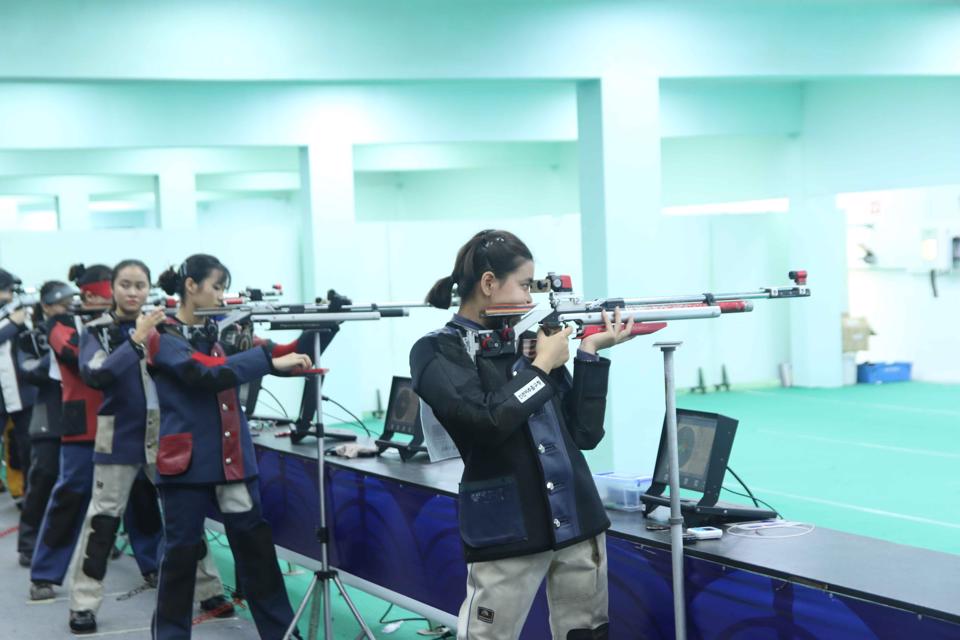On June 17, 2003, the 10th National Assembly of the Socialist Republic of Vietnam approved the Law on National Border at its 10th session, which consists of 6 chapters and 41 articles.
Chapter I. General provisions
Regulations on national border (on land, on sea, in the air, under the ground), border areas, internal waters, historic waters, territorial sea; principles for settling border and territorial issues; responsibilities of all levels, sectors and citizens in the management and protection of national borders; acts prohibited in border areas.
According to Article 1: “National border of the Socialist Republic of Vietnam refers to vertical lines and planes determined by such lines which are based on to determine boundary of land territory, island and archipelago territories, including Hoang Sa and Truong Sa archipelagoes, territorial waters, underground and airspace of the Socialist Republic of Vietnam.”
Article 2 defines the scope of regulation and Article 3 regulates the responsibility for implementation of the Law on National Border 2003 and other relevant law provisions. National border is identified by international agreements to which Vietnam is a signatory or stipulated by regulations and law of Vietnam. Article 5 specifies national border (on land, on sea, in the air, under the ground). Articles 6, 7, 8, 9 regulate border areas, internal waters, historic waters, territorial sea of Vietnam.
Articles 10, 11, 12, 13, 14 regulate the construction, management and defense of national border, the development of peaceful, friendly and long-lasting borders with neighboring countries, special priority policy for construction of border areas, etc. In particular, the Law on National Border 2003 specifies prohibited acts (Article 14).
The regulations on borders and territories in the Law on National Border of the Socialist Republic of Vietnam are completely consistent with international law. In particular, for the first time in a law, the scope of border areas has been specified, including: “Border area on land includes communes and townlets whose partial administrative division meets the land border; Border area at sea is determined from the national border at sea to the inclusive administrative division of communes, wards and townlets adjoining the sea, islands and archipelagos; Border area in the air includes the space of 10 kilometers along the national border stretching inwards.”
Chapter II. Legal regime for national border and border areas
This chapter regulates cross-border activities; entering and exiting and operating in border areas; innocent passage within the territorial sea of Vietnam. Article 15 regulates the entry, exit, transit, export and import across the national border; the transit across the border to land territory, sea or sky, etc. The opening of border checkpoint and locations authorized for cross-border transport, upgrade of border checkpoint, close of border checkpoint, determination of road, railway, internal waters, seaway and airway (Article 16).
Articles 17, 18, 19, 20 regulate control area established at each border checkpoint, responsibility of foreign ships upon exercising the right of innocent passage within the territorial sea of Vietnam, requirements for aircraft flying across national borders and airspace of Vietnam.
Regulations on restriction and suspension from crossing the national border including the innocent passage within the territorial sea of Vietnam, projects for constructions at border areas relating to the national border are specified in Articles 21, 22, 23, 23, etc.
Chapter III. Construction, management and defense of national border
According to Article 25: The Government shall develop strategies, planning and investment plans for construction of border area in order to totally strengthen politics, socioeconomic conditions, national defense and security; develop and prioritize policies and assist inhabitants of the border areas. On a yearly basis, ministries, ministerial agencies, Governmental agencies, People’s Committee of provinces and central-affiliated cities within their tasks and power shall develop plans for construction investment of socioeconomic development projects, infrastructure construction projects, inhabitant adjustment project in border areas and border constructions and request the Government for approval (Article 26).
In particular, according to Article 31: The Border Guard shall be the primary and specialized force cooperating with the People’s Public Security, relevant ministries and local governments in management and defense of national border, retaining social security, order and safety in border areas, etc.
Chapter IV. State management on national border
State management on national border includes: develop and direct implementation of strategy and policies regarding the national border; promulgate and implement legislative documents regarding national border, policies and regimes regarding construction, management and defense of the national border. The Government shall perform joint state management on national border; specify tasks, powers and responsibilities for cooperation between ministries, ministerial agencies, People’s Committees of provinces and central-affiliated cities where the national border situated in order to implement state management on the national border. The Ministry of National Defense shall take charge and cooperate with the Ministry of Foreign Affairs and Ministry of Public Security to be responsible to the Government for implementation of state management on national border (Article 36).
Chapter V. Commendation and sanctions
Including 2 articles (38 and 39).
Chapter VI. Implementation provisions
The Law on National Border of Vietnam took effect from January 01, 2004. Previous provisions conflicting with this Law are annulled.
The Law on National Border of Vietnam is an important legal basis in the organization of management and protection of national borders of border guards and other subjects as prescribed by law.
- Key word:
- Law on National Border
 Article table of contents
Article table of contents





.Medium.png)
.Medium.png)
.Medium.png)
.Medium.png)
